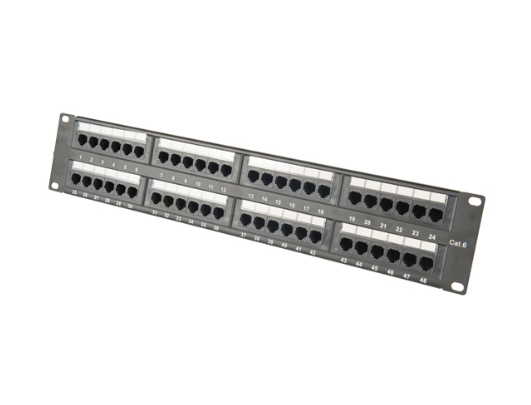News
Site Editor
 Site
https://leonetworkgroup.usa18.wondercdn.com/uploads/image/5fe152faa587d.png
Linear heat detection cable (LHDC) is a technology used to detect fire and heat in a wide range of industries including transportation, mining, pharma, oil and gas, power, and many others. This technology operates by monitoring temperature changes along the length of the cable. LHDC can detect even small changes in temperature and alert the control system or fire alarm system, making it an extreme
Site
https://leonetworkgroup.usa18.wondercdn.com/uploads/image/5fe152faa587d.png
Linear heat detection cable (LHDC) is a technology used to detect fire and heat in a wide range of industries including transportation, mining, pharma, oil and gas, power, and many others. This technology operates by monitoring temperature changes along the length of the cable. LHDC can detect even small changes in temperature and alert the control system or fire alarm system, making it an extreme
How To Test Linear Heat Detection Cable
Views: 1364
Author: Site Editor
Publish Time: 2023-07-17
Origin: Site
Linear heat detection cable (LHDC) is a technology used to detect fire and heat in a wide range of industries including transportation, mining, pharma, oil and gas, power, and many others. This technology operates by monitoring temperature changes along the length of the cable. LHDC can detect even small changes in temperature and alert the control system or fire alarm system, making it an extremely reliable device to detect fire hazards. However, like any other device, LHDC needs to be tested periodically to ensure its effectiveness. Here are the steps for testing LHDC:
1. Check and clean the cable: Before testing LHDC, it’s essential to check the cable’s condition and clean any accumulations of dust, dirt, or other impurities. Any obstruction along the cable’s length can significantly affect the system’s accuracy.
2. Set up the testing equipment: The testing equipment must be adjusted and set as per the manufacturer’s recommendations. The equipment should be installed at the control panel and connected to the LHDC.
3. Create the testing scenario: The testing scenario should be created using a heat gun, a hairdryer, or any other appropriate heat source. The heat source should be moved along the LHDC, simulating the heat generated by a fire.
4. Observe the alarm response: LHDC conducts regular checks to ensure proper operation, and it does not raise false alarms. However, during testing, if an alarm is triggered, it confirms that the system is functioning correctly.
5. Record the testing results: The testing results must be recorded, including the time taken to detect the heat, the temperature required to trigger the alarm, and the length of cable where the heat is detected. Such data can help to identify potential weak spots in the system, leading to further optimization.
6. Document the testing procedure: It is necessary to document the testing procedure for future reference or to communicate the testing method with others.
Conclusion:
Periodic testing of LHDC is critical for proper function and ensuring it does not raise false alarms. This process involves checking and cleaning the cables, setting up the testing equipment, and creating and observing the testing scenario. The testing results must be recorded and documented for future reference. To maintain its effectiveness, LHDC requires regular testing in addition to preventative maintenance, which will help keep it reliable and effective in preventing fire hazards.
If you want to know more about industrial network cabinet,china fiber optic splice closure,china fiber optic distribution box,please consult the fiber optic splice closure factory









